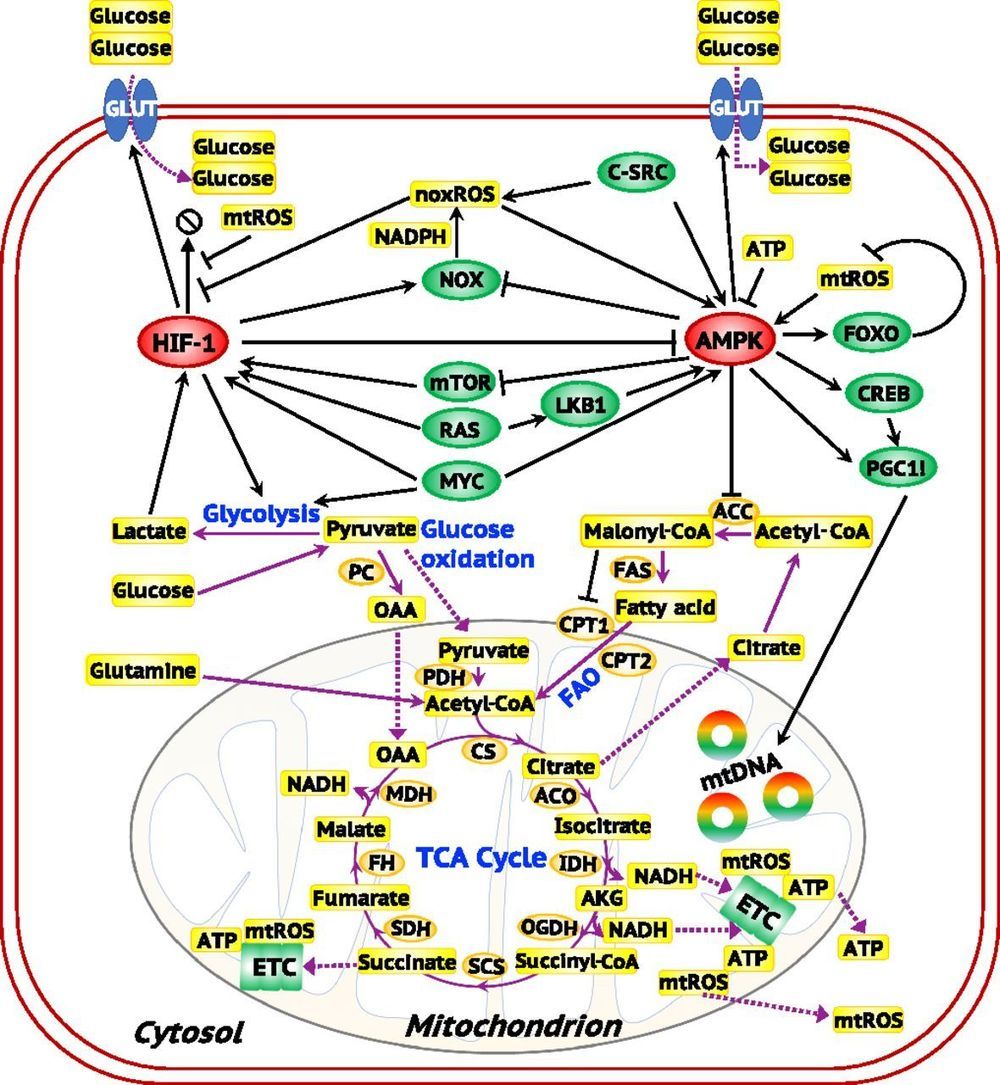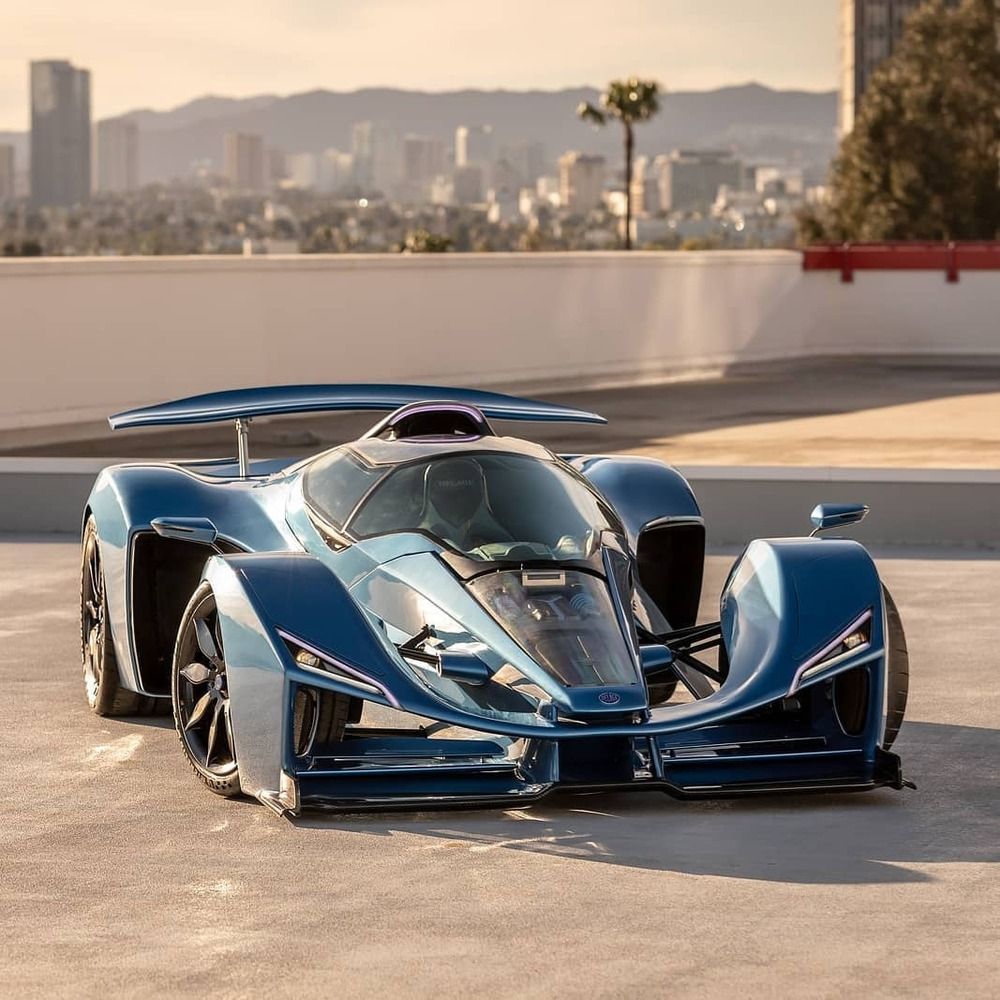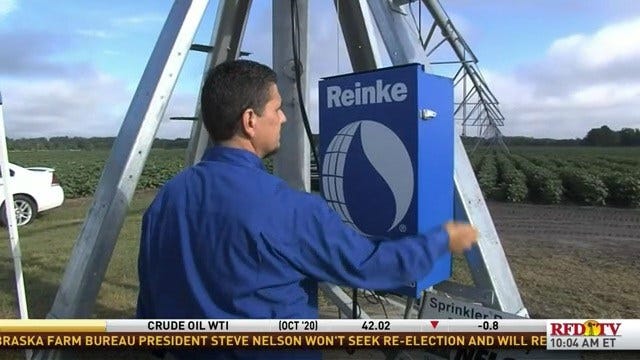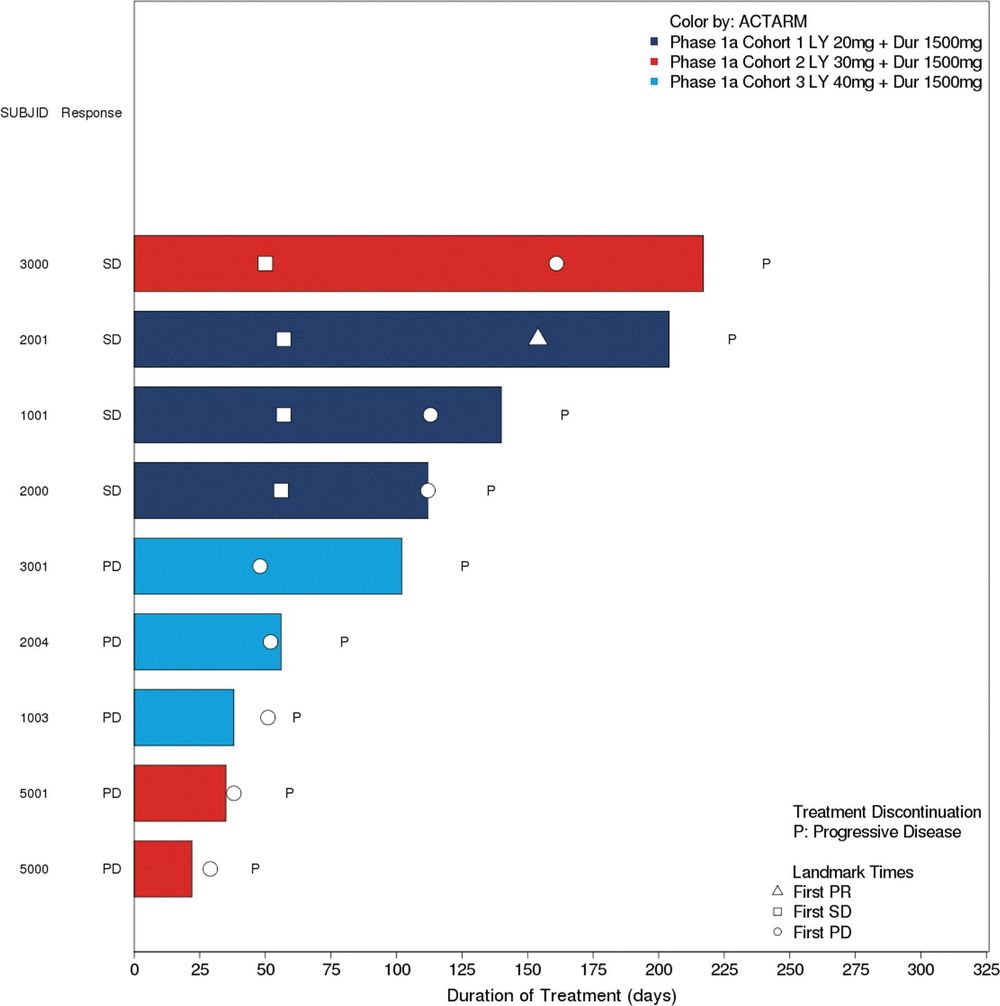We always wonder how that “Eureka Moment” turns up…but truth may lie in the “High and Mighty”.
Cracked.com’s new book is now on sale. What follows is one of the classic articles that appear in the book, along with 18 new articles that you can’t read anywhere else.
Any dreadlocked white guys finding this article after Googling “Drugs Rule” should know that we’ve given this list about drugs a rule. To make the cut, an accomplishment has to be considered great by people who could pass a field sobriety test. So no Grateful Dead music. We’re sure someone somewhere has enjoyed the Dead perfectly sober, just as there are probably non-Christians who listen to Christian Rock. But we’re just as sure that in the grand scheme of things, those people don’t count.
In fact, because we’re masochists, we gave ourselves a strict no music policy, leaving us with … well, not a whole lot actually. Turns out most great things were accomplished by people who just said no, at least immediately prior to accomplishing them. Except for these five.









